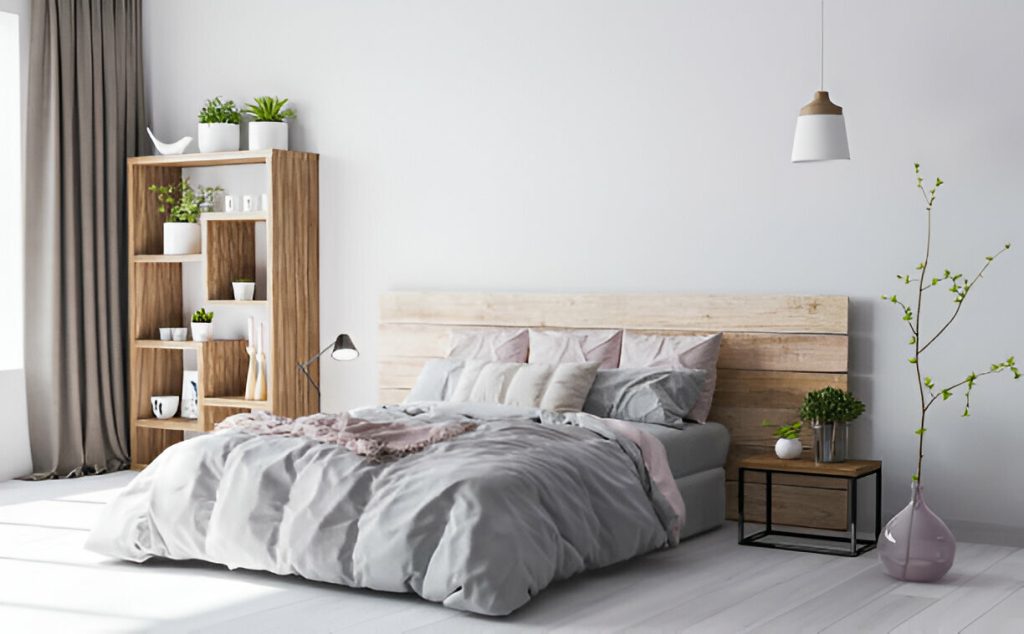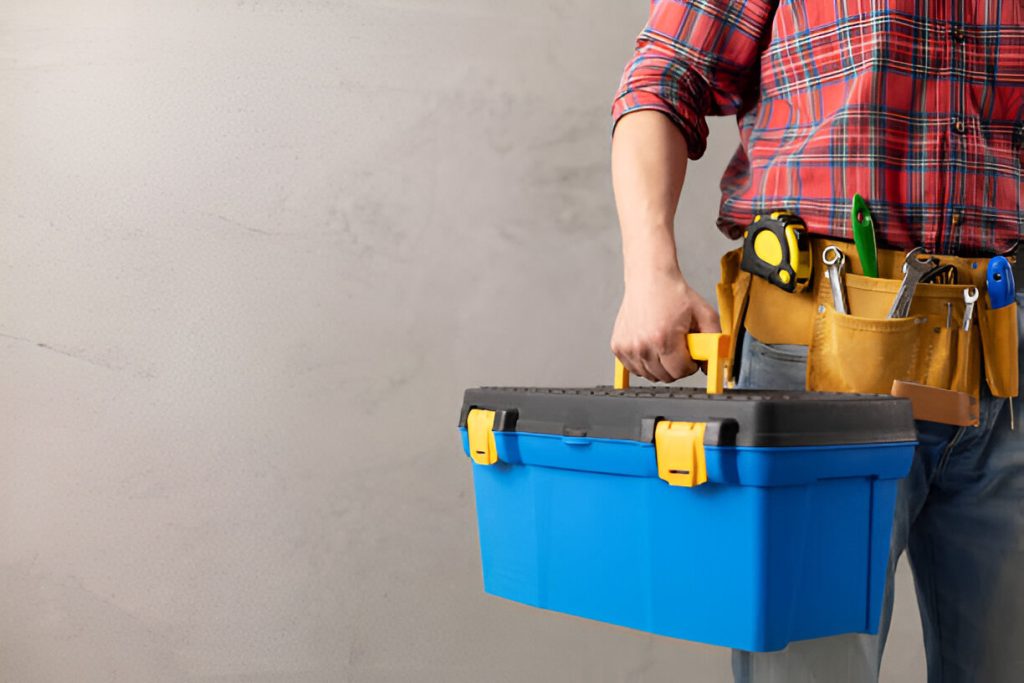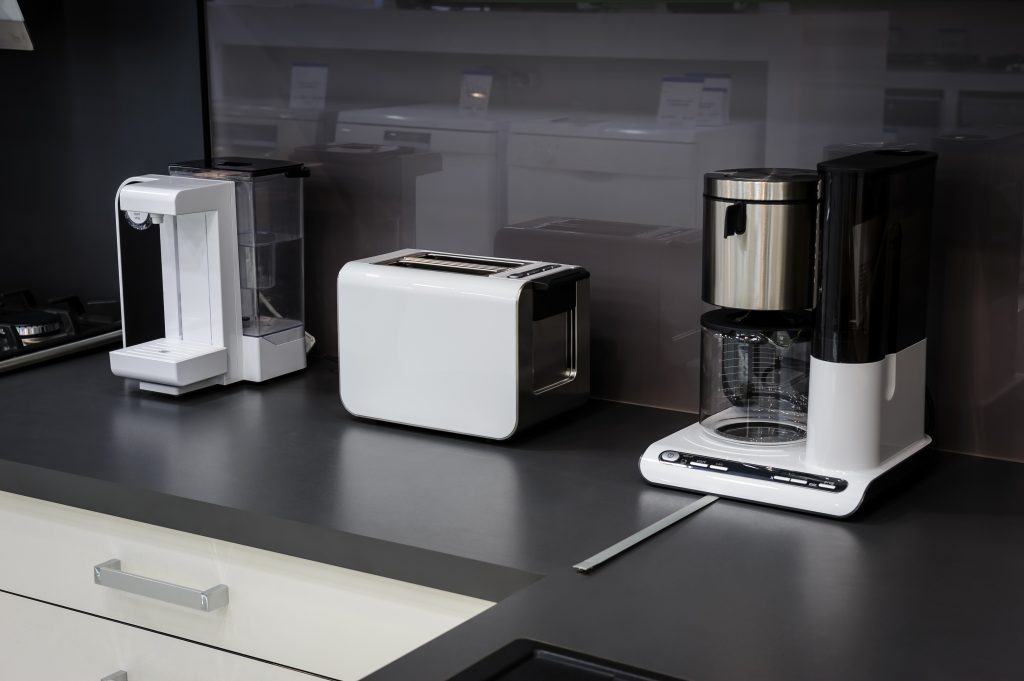It’s true! The way you position your appliances can make a significant difference in how efficiently you can work in your kitchen. But don’t worry, because in this article, we will reveal some expert tips and tricks to help you navigate the challenges of arranging appliances in a small kitchen. From clever storage solutions to strategic categorization, we will provide you with practical advice to maximize the space and create a well-organized kitchen. So, if you’re ready to transform your small kitchen into a functional and efficient space, keep reading to discover how to arrange your appliances effectively.
Categorizing and Organizing Appliances
To maximize efficiency in your small kitchen, it is essential to categorize and organize your appliances based on their function and usage. By doing so, you can make the most of your limited storage space and create a well-organized and efficient kitchen. One creative storage solution is to utilize vertical space in your cabinets. Install shelves or racks that can hold multiple appliances, allowing you to stack them neatly and maximize storage space. Another efficient use of cabinet space is to group similar appliances together. For example, keep all your baking appliances in one cabinet and your coffee-making appliances in another. This not only makes it easier to find what you need but also frees up valuable countertop space. Additionally, consider investing in storage solutions such as pull-out shelves or organizers that can help you make the most of every inch of cabinet space. By organizing your appliances in a thoughtful and efficient manner, you can create a small kitchen that is both functional and visually appealing.
Considering Frequency of Use
Organize your appliances in your small kitchen by considering the frequency of use to maximize efficiency and accessibility. Storing frequently used appliances in easily accessible locations will save you time and effort in your daily cooking routine. Maximize space efficiency by prioritizing accessibility and minimizing countertop clutter.
Start by organizing based on your kitchen layout. Place frequently used appliances at eye level or in the front of your cabinets for easy access. Keep lesser used appliances on higher shelves or in the back corners to make the most of your storage space. Consider storing appliances near your work and prep area to streamline your cooking process.
To minimize countertop clutter, store appliances that you use regularly in cabinets and drawers. Utilize floating shelves or dedicated spaces for frequently used items. If space is limited, consider leaving essential appliances on display, but be mindful of maintaining a clean and organized look.
Safely Storing Heavy Appliances
For safe and efficient storage of heavy appliances in your small kitchen, prioritize keeping them on lower shelves to prevent accidents. Heavy appliances can pose a risk if they are not stored properly, so it’s important to consider the best options for storing them safely. One option is to use drawers specifically designed to support the weight of heavy appliances. These drawers provide extra stability and make it easy to access your appliances when needed. Another alternative to heavy appliances is to consider smaller and lighter options that can still perform the same functions. This can help save space and make it easier to store and access your appliances. When planning your kitchen layout, take into account the weight and size of your appliances to ensure that the storage areas can accommodate them. Consider incorporating slide-out shelves that can hold heavy appliances and provide easy access. Additionally, there are small and light storage options available for heavy appliances, such as compact cabinets or specialized storage units. By prioritizing safe storage and considering these alternatives, you can ensure that your heavy appliances are stored securely and conveniently in your small kitchen.
Minimizing Clutter on Countertops
If you’re looking to create a clutter-free and visually pleasing small kitchen, it’s time to tackle the task of minimizing the amount of items on your countertops. One way to achieve this is by utilizing floating shelves to free up space and keep your countertops clear. These shelves can be used to display essential appliances, such as your coffee maker or toaster, while still keeping them easily accessible. Not only does this create a functional and organized space, but it also adds a decorative element to your kitchen.
To further minimize clutter, it’s important to find ways to hide cords and eliminate visual distractions. You can use clips or decorative elements to keep cords neatly tucked away and out of sight. This not only improves the aesthetics of your kitchen but also reduces the risk of accidents caused by tangled cords.
Another practical tip for minimizing clutter is to store your appliance manuals digitally. Instead of keeping bulky paper manuals in your drawers, you can find digital versions online or even use programmable or NFC tags for easy access to appliance information. This frees up valuable drawer space and reduces the amount of paper clutter in your kitchen.
Managing Appliance Cords and Manuals
To effectively manage appliance cords and manuals in your small kitchen, take proactive steps to organize and streamline their storage. Hiding cords creatively is a great way to keep your kitchen looking neat and tidy. Use cord clips or decorative elements to conceal cords along the back of your countertop or under cabinets. Another way to minimize clutter is by digitalizing appliance manuals. Instead of keeping bulky paper manuals, find online versions and save them on your computer or smartphone for easy access.
Utilizing cord clips can also help keep your cords organized and prevent them from tangling. Attach cord clips to the back of your appliances or along the underside of your cabinets to keep cords neatly in place. Programmable appliance tags are another handy tool to consider. These tags can be attached to your appliances and programmed with important information, such as usage instructions or maintenance schedules.
When it comes to decluttering, zip loc bags can be your best friend. Use them to store small parts and attachments that come with your appliances. Label the bags to easily identify what they contain. By decluttering with zip loc bags, you can free up valuable drawer space in your kitchen.
Categorizing Appliances by Use and Prioritizing
Managing appliance cords and manuals in a small kitchen is just the beginning, now it’s time to dive into the important task of categorizing appliances by use and prioritizing them effectively. To maximize storage space and create a well-organized kitchen, it’s crucial to evaluate your appliances based on their functionality and your cooking preferences. Consider using the following table as a guide to help you categorize and prioritize your appliances:
| Frequently Used | Rarely Used | Never Used |
|---|---|---|
| Coffee maker | Fondue set | Bread maker |
| Blender | Ice cream maker | Pasta maker |
| Toaster | Slow cooker | Popcorn machine |
| Microwave | Juicer | Cotton candy machine |
| Food processor | Electric grill | Deep fryer |
Eliminating Unused Appliances
When it comes to creating a well-organized and efficient kitchen, one important step is to assess and eliminate any unused appliances that are taking up valuable space. Here are some tips to help you eliminate those unused appliances:
- Consider a trial period for appliances: If you’re unsure about whether or not you actually use a certain appliance, try putting it away for a month or two and see if you miss it. If not, it’s probably safe to let it go.
- Recycling unused appliances: If you have appliances that are no longer in working order, consider recycling them instead of throwing them in the trash. Many recycling centers accept old appliances and will properly dispose of them.
- The box method for determining necessity: If you’re still on the fence about whether or not to keep an appliance, try the box method. Put all of your appliances in a box and only take them out as you need them. After a few months, whatever is still in the box can probably be donated or sold.
- Digital storage of appliance manuals: Instead of keeping bulky paper manuals, consider scanning them and storing them digitally. This will free up valuable drawer space and make it easier to access the information you need.
Organizing Cabinets
If you’ve successfully eliminated any unused appliances from your kitchen, it’s time to move on to the next step: organizing your cabinets. To make the most of your limited space, consider using space efficient solutions such as maximizing vertical storage. Install adjustable shelves that can be raised or lowered to accommodate different-sized appliances. Utilize pull out shelves that allow you to easily access items stored in the back of the cabinet. Implement drawer organizers to keep small appliances and their accessories neatly separated and easily accessible. Incorporate magnetic storage by attaching magnetic strips to the inside of cabinet doors to hold metal lids, measuring spoons, and other small metal items. This will free up valuable drawer space and keep your cabinets clutter-free. By using these smart storage solutions, you can create a well-organized and functional kitchen that maximizes every inch of space.






